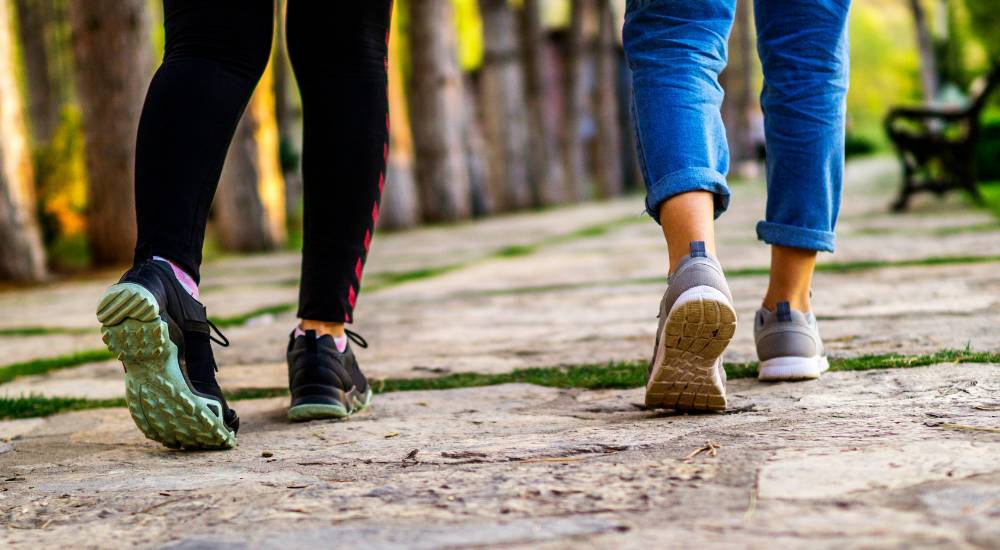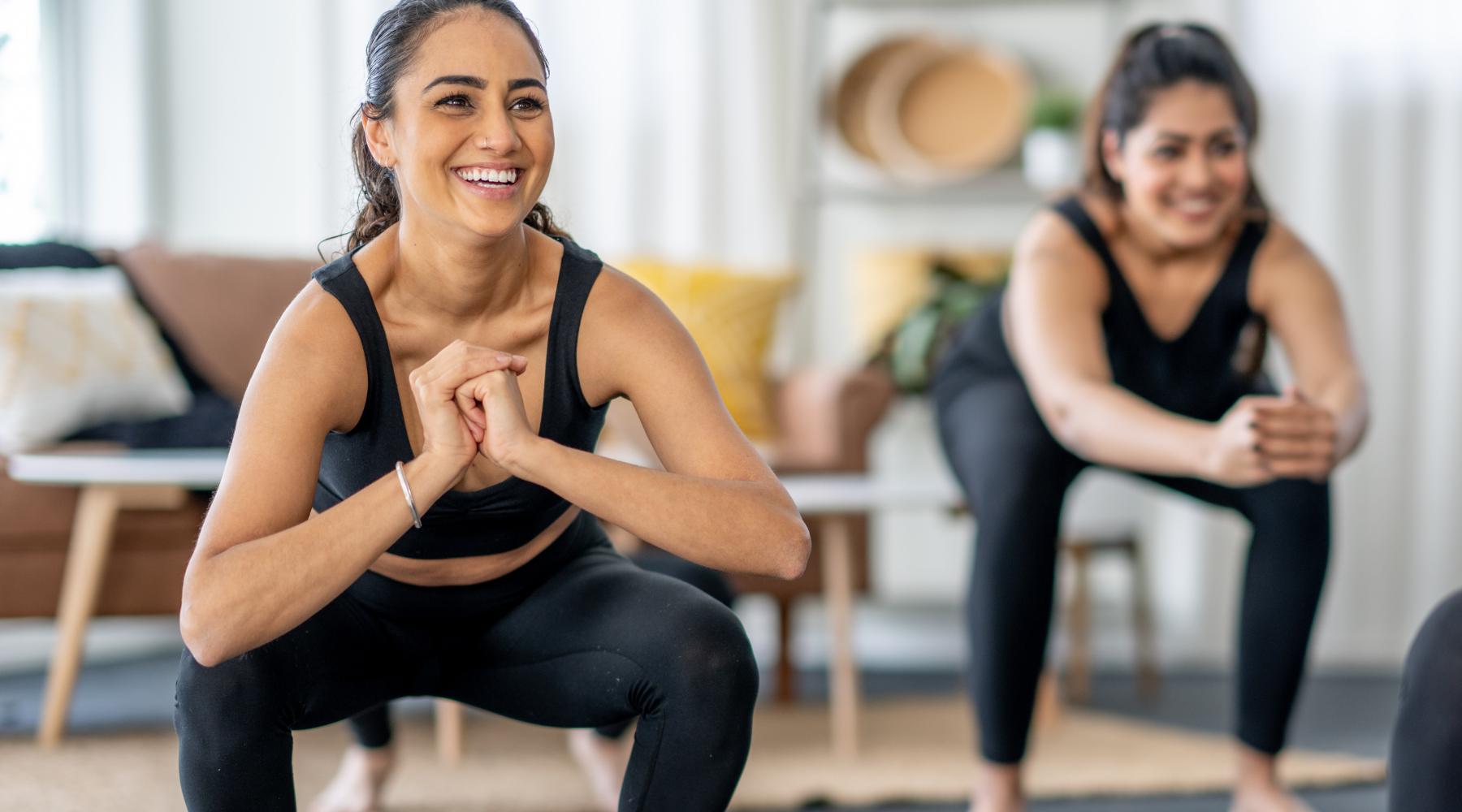Fitness trends come and go, but two practices have stood the test of time, offering not only physical health benefits but also a path to mental well-being: Yoga and Pilates. At first glance, they might seem similar, but as we dive deeper, it becomes clear that they have distinct differences that cater to various preferences and goals.
Yoga is a venerable practice with roots that extend back thousands of years to ancient India. It's not just a physical exercise but a holistic discipline encompassing physical postures (asanas), breath control (pranayama), meditation, and philosophical principles. The primary aim of Yoga is to forge a harmonious connection between the mind, body, and spirit, promoting flexibility, strength, balance, and inner peace.
Yoga practitioners engage in a series of postures that enhance flexibility, muscle tone, and core strength. Yoga classes often include meditation and breathing techniques, such as pranayama, which help calm the mind, reduce stress, and enhance mindfulness. The emphasis on relaxation and introspection sets Yoga apart as a holistic practice that encompasses physical, mental, and spiritual dimensions.
In contrast to Yoga, Pilates is a more recent creation, developed by Joseph Pilates in the early 20th century. Its primary focus is physical fitness, core strength, and body alignment. Pilates exercises are designed to strengthen the deep muscles of the abdomen, back, and pelvic floor, collectively known as the "powerhouse." By engaging these muscles, practitioners improve posture, stability, and overall body strength.
Pilates classes typically involve a series of controlled movements performed either on specialized equipment like the reformer or on a mat. These exercises aim to enhance flexibility, muscular endurance, and overall body awareness. Pilates places a strong emphasis on precision, concentration, proper form, and alignment.
Yoga vs. Pilates: The Common Ground
Before delving into their differences, it's essential to acknowledge the shared attributes of Yoga and Pilates:
- Breathing Emphasis: Both practices focus on proper breathing techniques, enhancing lung capacity, and mindfulness.
- Low-Impact: They offer low-impact exercises, making them suitable for individuals with various fitness levels and minimal equipment requirements.
- Health Benefits: Yoga and Pilates have research-backed health benefits, including stress reduction, improved heart health, and enhanced flexibility.
Yoga vs. Pilates: Breaking Down the Differences

Both Yoga and Pilates offer a range of physical benefits, including improved strength, flexibility, and posture. However, their approaches differ.
Yoga emphasizes stretching and holding poses, enhancing overall flexibility. Yoga's slower-paced sequences are designed to promote mindfulness and relaxation while still offering physical benefits.
Pilates focuses on strengthening the core muscles for better alignment and stability. It includes controlled movements that combine strength and stretching, emphasizing precision and form.
The mental aspects of Yoga and Pilates also diverge, as Yoga promotes mindfulness and relaxation through meditation and controlled breathing techniques, seeking to unify the mind and body, fostering inner serenity; and Pilates encourages mental focus and concentration to execute precise movements with control and precision.
Yoga incorporates spiritual and philosophical elements, fostering a deeper connection between mind, body, and spirit. In contrast, Pilates, while rooted in physical fitness, lacks the spiritual component of Yoga.
Yoga offers a diverse range of styles, including gentle Hatha Yoga, dynamic Vinyasa, and challenging Ashtanga. Instructors often modify poses to suit their students' needs. Pilates also offers variations but typically follows a standardized approach across classes.
Yoga for Flexibility and Mindfulness
Yoga boasts a rich history dating back thousands of years, rooted in ancient India. It's a holistic practice that combines physical postures (asanas) with breath control (pranayama) and meditation. Yoga's primary goal is to unite the mind, body, and spirit, promoting flexibility, strength, balance, and inner peace.
Yoga classes vary widely, offering styles from gentle Hatha to dynamic Vinyasa and challenging Ashtanga. They all emphasize connecting breath with movement and often include meditation and relaxation techniques.
- Flexibility: Yoga enhances flexibility, counteracting the shortening of muscles from running.
- Mindfulness: It promotes mindfulness and relaxation, essential for stress reduction and focused running.
- Breathing Techniques: Yoga teaches proper breathing techniques, aiding in better control of your breath while running.
- Injury Prevention: Yoga helps prevent injuries by addressing muscle imbalances and improving mobility.
Read more: Intro to Chair Yoga: Benefits and How To Practice

Pilates for Building Strength and Alignment
Pilates is a modern exercise system developed by Joseph Pilates in the early 20th century as a rehabilitation exercise method. It prioritizes physical fitness, core strength, and body alignment. Pilates exercises target the deep muscles of the abdomen, back, and pelvic floor, fostering better posture, stability, and overall body strength.
Pilates classes include controlled movements performed on specialized equipment like the reformer or on a mat. These exercises improve flexibility, muscular endurance, and body awareness. Pilates places a strong emphasis on precision, concentration, and proper form.
- Core Stability: Pilates strengthens the core, vital for maintaining an upright posture and efficient running.
- Total Body Strength: It provides a full-body workout, complementing the muscle groups used in running.
- Balance and Posture: Pilates enhances balance and posture, reducing the risk of injury.
- Injury Prevention: Pilates helps prevent and rehabilitate injuries, making it ideal for runners.
Read more: Enhancing Your Workout with Wall Pilates Exercises
Making the Choice: Yoga or Pilates?

Deciding between Yoga and Pilates can be challenging, as both have their unique merits. Your choice should align with your preferences and goals. Here are some factors to consider:
- If you seek a practice that combines physical fitness with spiritual and philosophical elements, Yoga may be ideal.
- If you aim to build core strength, improve posture, and enhance body awareness, Pilates provides a tailored approach.
It's essential to remember that both Yoga and Pilates offer numerous health benefits and contribute to overall well-being.
Whether you opt for Yoga, Pilates, or even a combination of both, incorporating these mind-body practices into your routine can lead to improved physical fitness, mental clarity, and a balanced lifestyle. Embrace the practice that resonates with you and embark on a journey of self-discovery, wellness, and vitality.
Read more: Fun Workouts to Do at Home
Always consult your doctor or a physical therapist before starting a new exercise regimen, especially if you have underlying health conditions.




